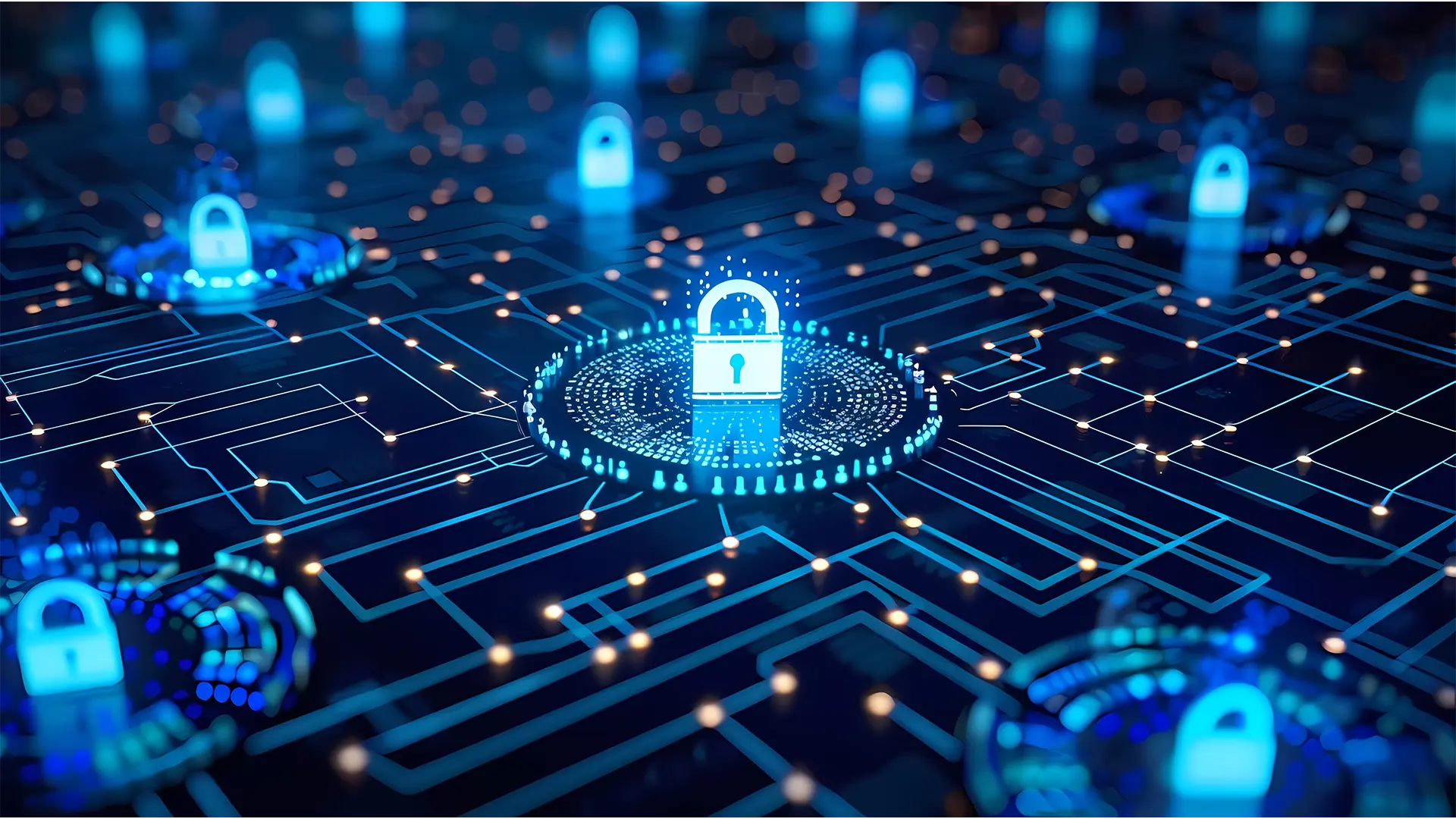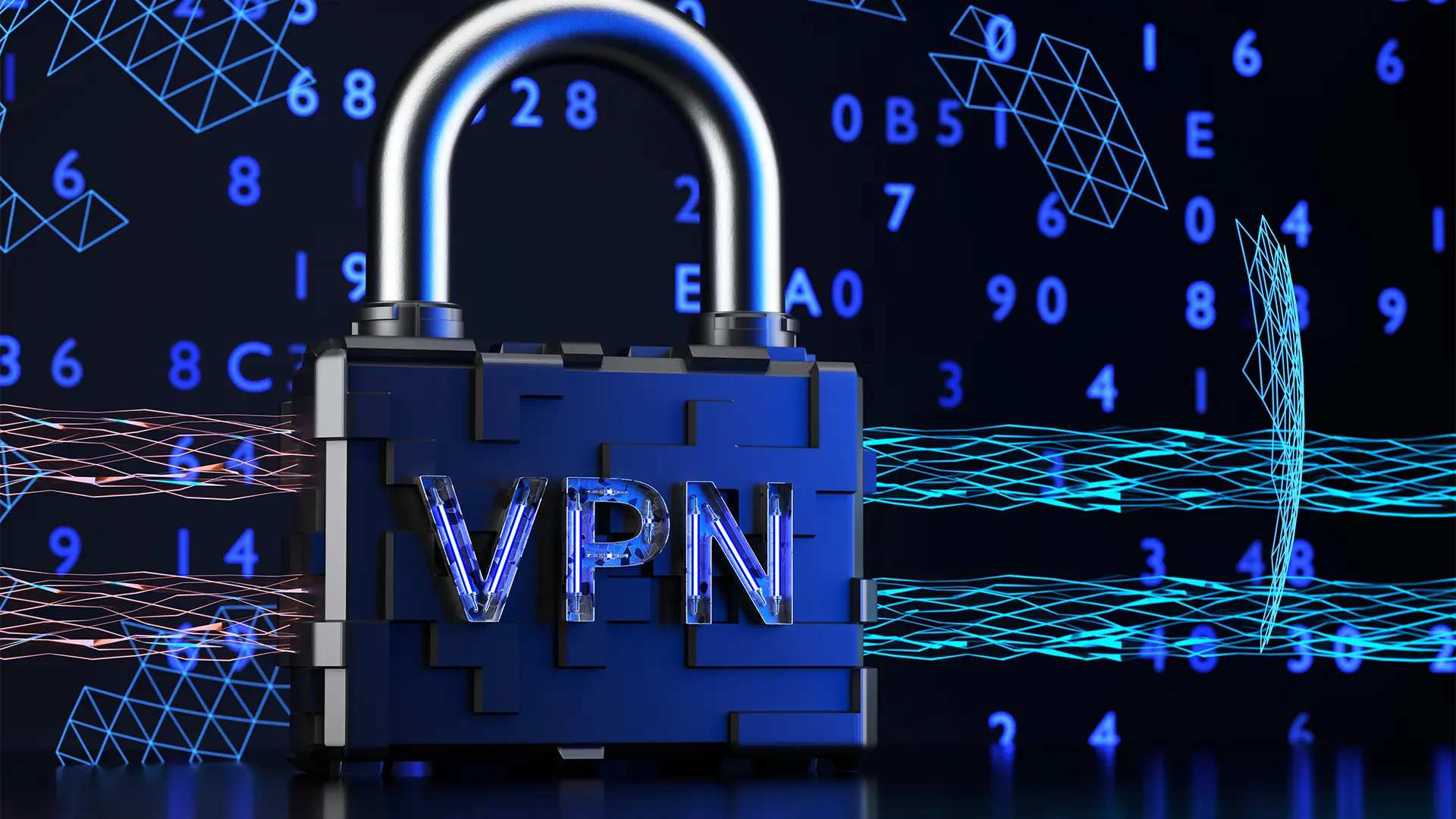Table of contents
- VPN: what it is and what it’s for
- How a VPN works
- When to use a VPN
- How to use a VPN
- How to create a VPN
- Configuration on devices
- Which VPN to choose
- How to change VPN
- Tools for safe browsing
VPN: what it is and what it’s for
What is a VPN?
A VPN, or Virtual Private Network, is a service that allows you to create a secure and encrypted connection between your device and the internet. Essentially, through “split tunneling”, a VPN creates an encrypted “tunnel” that protects the data passing between your device and the VPN server. This process hides your real IP address, making it appear as if you are browsing from a different location than your actual one.
What is a VPN used for?
VPNs are used for various purposes, including:
- Security and privacy
Protect sensitive data from online threats and hide your IP address to maintain privacy.
- Access to geo-blocked content
Access content available only in certain geographical regions.
- Security on public networks
Protect your connection on often insecure public Wi-Fi networks.
- Bypassing censorship
Overcome restrictions imposed by some governments on the internet.
How a VPN works
Functioning process
The operation of a VPN can be explained in a few simple steps:
- Connection to the VPN server
When you connect to a VPN, your device establishes a secure connection with a VPN server.
- Data encryption
All data transmitted between your device and the VPN server is encrypted, making it difficult for anyone to intercept or read it.
- IP Address masking
The VPN hides your real IP address and replaces it with the VPN server’s IP address, making it difficult to trace you.
VPN protocols
VPNs use various protocols to ensure the security and integrity of data. Some of the most common include:
- OpenVPN
One of the most secure and versatile protocols used by most VPN services.
- IPsec/L2TP
A combination of protocols offering a good balance between security and speed.
- PPTP
An older protocol that offers high speeds but lower security compared to others.
When to use a VPN
Common cases
There are many cases where a VPN can be used advantageously:
- Browsing on public Wi-Fi networks
Public Wi-Fi networks are often insecure, and a VPN can protect your data from potential attacks.
- Access to blocked content
If you want to access content available only in certain regions, a VPN can help simulate a different location.
- Protecting privacy
If you want to hide your online activity from your internet service provider or other third parties, a VPN is essential.
- Avoiding censorship
In some countries, access to certain websites is restricted. A VPN can help you bypass these restrictions.
How to use a VPN
Using a VPN is generally very simple:
- Download and install
Download the VPN application from the official website of the service you have chosen and install it on your device.
- Manual configuration
Some services may require manual configuration, but many offer automatic and guided configurations.
- Connection to the server
Once the app is installed, open it and select a server to connect to. Most apps will allow you to choose from various servers located in different parts of the world.
How to create and configure a VPN
Creating a VPN
If you want to create a VPN for personal use, whether a local or business network, here is a basic guide:
- Choosing a server
You will need a server on which to configure your VPN. This can be a physical or virtual server.
- Installing VPN software
There are various open-source software options you can use, such as OpenVPN or SoftEther.
- Configuring the server
Follow the software instructions to configure the VPN server. This process can vary depending on the chosen software.
- Testing the connection
Once the server is configured, test the network connection from various devices to ensure it works correctly.

Configuration on devices
How to enable VPN on android
- Download a VPN app
From the Google Play Store, download a reliable VPN application.
- Installation
Follow the instructions to install the app.
- Connection
Open the app and connect to a VPN server.
How to disable VPN on Android
- Open the VPN app
Access the VPN application.
- Disconnection
Select the option to disconnect.
How to enable VPN on iPhone
- Download a VPN app
From the App Store, download a VPN application.
- Installation
Follow the instructions to install the app.
- Connection
Open the app and connect to a VPN server.
How to disable VPN on iPhone
- Open the VPN app
Access the VPN application.
- Disconnection
Select the option to disconnect.
Which VPN to Choose
Considerations for choosing
When choosing a VPN, there are various factors to consider:
- Security
Ensure the VPN uses advanced encryption protocols.
- Privacy
Verify that the service does not keep logs of your activities.
- Speed
Some VPNs may slow down the connection. Opt for those with high-speed servers.
- Compatibility
Check that the VPN is compatible with all your devices.
- Support
Good customer support can be very helpful.
Free VPN vs. paid VPN
There are both free and paid VPNs. While free VPNs can be appealing, they often have limitations in terms of speed, security, and server availability. Paid VPNs usually offer greater security, more servers to choose from, and higher connection speeds. Many providers also offer a free trial period so you can choose the VPN that best suits your needs.
How to change VPN
Changing VPN for free
If you want to change VPN for free, you can follow these steps:
- Uninstall the current VPN
Remove the VPN application currently installed on your device.
- Download a new VPN
Choose another free VPN service and download the app.
- Install and configure
Install the new VPN and configure it as needed.
Changing paid VPN
If you use a paid VPN service and want to change it:
- Cancel the subscription
Cancel the subscription with your current VPN provider.
- Choose a new service
Choose a new paid VPN service.
- Installation and configuration
Follow the steps to download, install, and configure the new VPN service.
Tools for safe browsing
VPNs are powerful tools for protecting your online privacy and security. Whether you are looking to browse securely on a public Wi-Fi network, access blocked content, or simply protect your online activity, a VPN can offer numerous advantages. Remember to choose a service that meets your security, speed, and reliability needs. Using a VPN is an important step to ensure your online activities remain private and secure.
